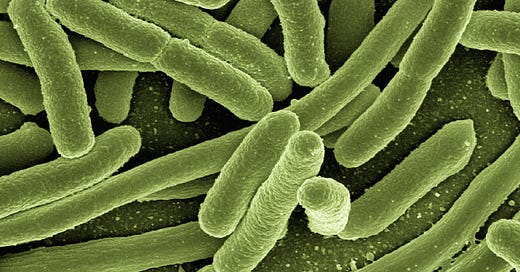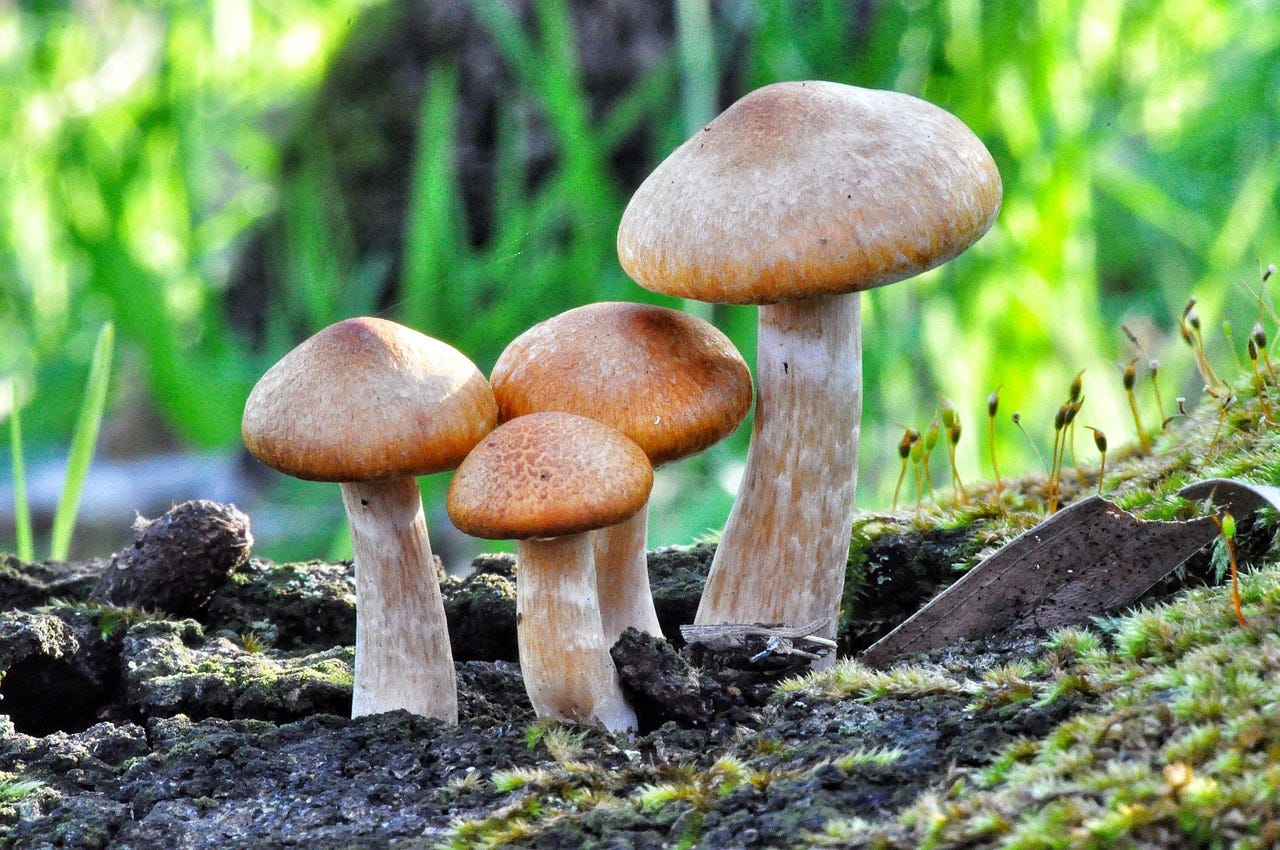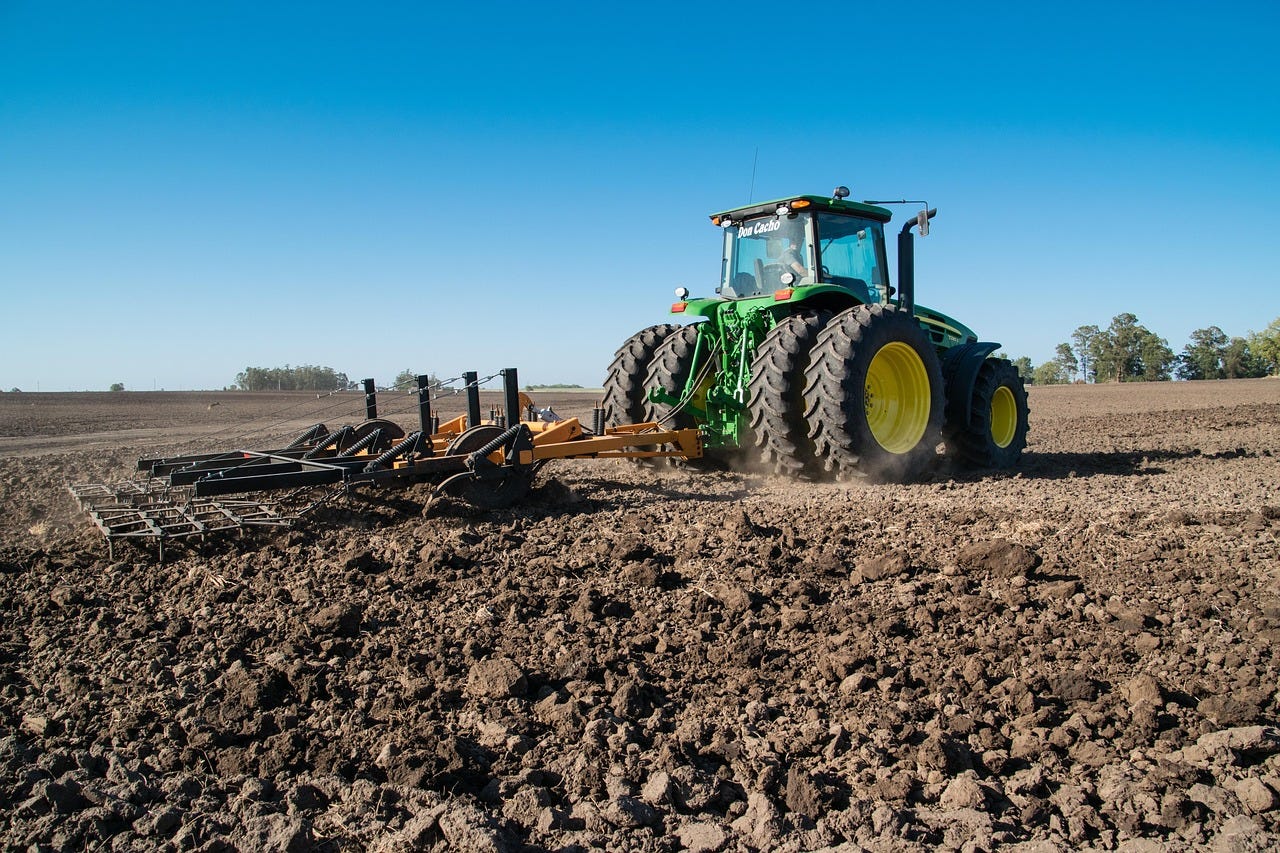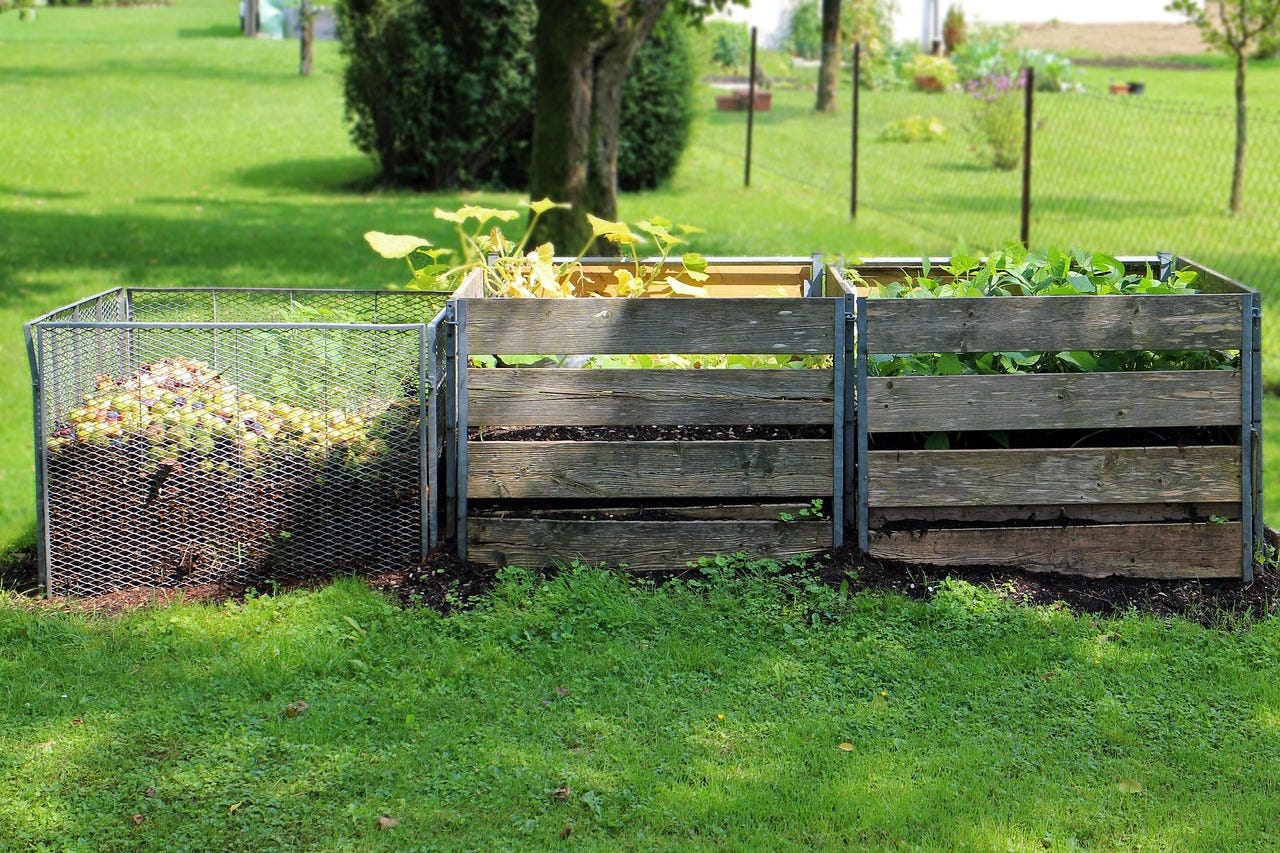If you have been following my articles, you’ll have noticed that I write quite a lot about bacteria, particularly in the context of our bodies.
The human microbiome, with its bacteria, bacteriophages, viruses, archaea, and fungi is much studied. Over the last 5 years or more, we have discovered the importance of the microbiome, and this has led to a much more holistic view of the body and how it functions. As I’ve mentioned before, some biologists now strongly believe that any understanding of biological systems is overly simplistic if it doesn’t consider the microbiome. They call this new approach holobiont biology.
As ever, scientific research gets into the public domain and is too often misinterpreted, misused, or only partly understood. Let’s take an example of binary thinking leading us into difficulties, iron deficiency in infants. It would seem straightforward to think that, in areas prone to infantile iron deficiency, the solution would be to give them iron supplements. This is what happens. A simple calculation, deficiency in iron solved by dietary iron supplements. The problem is that, in nature, things are complex and rarely yield to simplistic solutions. Iron is essential for growth and development; our bodies need it to transport oxygen and perform redox reactions.
However:
Bacteria also need iron, and some pathogenic bacteria get it by scavenging iron from their host. Our immune systems resist this by trying to withhold the iron. This bit of information should signal which way this is going. Iron supplements feed our bodies, and they feed the pathogenic bacteria in our guts. This study on infants in Kenya demonstrated that the iron-fortified maize porridge given to infants increased the E. coli burden in the guts and also increased faecal calprotectin. The latter is an indicator of intestinal inflammation due to inflammatory bowel disease.
A valid argument can be made that the benefits of iron supplementation outweigh the costs. This, however, isn’t my point which is ‘beware of unforeseen consequences when fiddling about with complex systems’.
Let’s take another binary sort of analysis. Antibiotics wreck the gut microbiome, so it should make sense to take probiotics afterward to reestablish the beneficial microorganisms. For this reason, many doctors continue to prescribe probiotics. This study demonstrated that taking probiotics actually slowed the reestablishment of the gut microbiome. 5 months after the antibiotic treatment, the guts still hadn’t gotten back to normal. This was the poorest result from the different methods tested.. The quickest way to get it back is to take a stool sample before the antibiotics and then transplant it back afterward.
So, onto soils. We’ve known for a long time that they contain a lot of bacteria, archaea, bacteriophages, and viruses. Rhizobia and Frankia bacteria and their symbiotic, nitrogen-fixing, relationship with plants is commonly understood. We know that soils can have the most diverse microbiomes we have yet found. We also know that some bacteria are active and some are dormant. We also understand that disturbance, such as a wildfire, disrupts the soil microbiome which then recovers as bacteria move in and dormant bacteria awaken.
Some of the things we have recently discovered are more surprising. Fungi produce antibiotics, which can and do kill bacteria. The bacterial response is to develop antibiotic-resistant genes. Bacteria are pretty much everywhere, but they do prefer temperate areas with moderate climates. Fungi prefer cooler climates. This means there are regional differences; in some places, there will be fewer fungi/antibiotics and more bacteria and vice versa. Some bacteria, in particular, Gram-positve ones, also produce antibiotics, but they seem to use them against each other.
When we turn a soil, whether with a spade or a plough, we damage the fungal mycelium. This means fewer antibiotics and more bacteria. When we compact soil, we reduce its capacity to exchange gases, the microbiome will change its make-up and favour microorganisms that can thrive in a depleted oxygen environment.
Iron exists in two oxidation states in unsaturated soils, oxidised Fe3+ and reduced Fe2+ . The former can’t be used by plants, the latter can. Simply put, microbial activity can create an anaerobic state and the Fe3+ is reduced to Fe2+ and is available for plant uptake. The anerobic state is temporary and reverts to an aerobic state, and the iron not taken up gets oxidised back to Fe3+.
My soil microbiome isn’t the same as yours, nor is it identical to my neighbour’s. The human microbiome is shaped by host genetics, environment, and lifestyle. My soil microbiome is shaped by my microclimates, rainfall, seasons, plants, soil types .. the list is long. Research has shown that if the conditions stay the same, my soil microbiome will rebound from shocks like a wildfire. It won’t be exactly like before, but it will be similar. Change a parameter though, for example, due to global warming and the make-up of the bacterial microbiome will change. This research shows that microbial growth rates don’t change, but microbial diversity increases.
I’ve gone this far down the rabbit hole, so I may as well continue!
If we change the perennial plants, we change the microbiome. This study looking at coffee plantations showed that having shade trees increases microbial diversity and community composition; non-native shade trees encouraged a different soil microbiome to native shade trees.
You probably rotate your crops, I imagine you don’t grow tomatoes in the same place year after year? Microbial communities have a ‘memory’; a microbiome will develop in the presence of tomatoes and will leave a legacy into the second year and this will reduce yields. The research also showed that each individual crop interacts with the microbiome to subtly alter it.
It’s been a long haul, but here we are, back to iron. A relative of cabbage and mustard, Arabidopsis thaliana, can grow in areas where iron is limited, on alkaline soils for example. So how does this plant do it? It produces a form of coumarin that helps pull the iron into the roots. It also repulses a lot of different types of bacteria who, as we know, want the iron too.
Bokashi etc.
I hope I have shown how complex the soil microbiome is. I hope that the first part of the article shone a light on unforeseen consequences. For the rest, I’m not saying don’t compost, whether Bokasi or not. I am saying that the soil microbiome is complex and adding probiotic things or innoculating a soil should be done on test plots before being transferred to the rest of the garden. I am also saying that plants interact with the soil microbiome, and they change it, this tends to lead to benefits for both. Adding in stuff can, in the same way as probiotics, mess with the human microbiome, mess with your plant health and growth.
Bokashi is an anaerobic process, and when applied to soils, it will have to change. The archeae will die off, and the Bokashi material will be used by some soil microbes and encourage them to proliferate. Hopefully, they will be useful to your plants but it’s not certain.
Organic material that has been hot composted isn’t soil, it’s compost. It will have to undergo further processes as it is broken down by soil organisms, such as bacteria, and will then become part of the soil. The application of such compost to the soil will change the makeup of the soil microbiome.
Every act has consequences, it’s best to test and be sure rather than rush in and regret.
Some tips, then?
Compost works best when used with a green manure crop before the main crop.
Vermicompost (worm composting) is most likely better for the soil microbiome than hot or Bokashi composting.
Prioritise perennial crop plants. They will develop a dynamically stable co-dependance with a species-specific soil microbiome.
If you run a personal vegetable garden, mix it up. Jon Gardener, who wrote The Feate of Gardening in the 15th century, listed nigh on 100 plants for a cottage vegetable, flower, herb, fruit, etc, garden. A wide range of foods tends to mean a more diverse soil and personal microbiome, which tends to mean better health. A lot of those ‘weeds’ are edible, by the way.
Some plants like similar soil microbiomes and will grow well together.
Don’t turn the soil over. Don’t compact it.
Don’t think that what works well for someone, somewhere, is going to work as well for you where you are.
To finish
You probably won’t remember when our line separated from our Pan cousins? It was a while ago, between 7 to 13 million years, to be precise. Since then, the hominid line microbiome has been rapidly evolving, when compared to our cousins whose microbiomes have evolved at a steady rate. Unfortunately, this rapid evolution has been accelerating and not in a good way. “On average, individual humans contained fewer bacterial phyla, classes, orders, families, genera, and 97% OTUs (operational taxonomic units) than did individual chimpanzees, bonobos, or gorillas”. “Humans from cities in the United States harbored the lowest levels of diversity”.
We’ve been doing the same thing in our fields and gardens. News has been getting out, and some people are starting to listen. That said, a lot of research is ongoing. As ever, in new or newish fields, a study will tend to raise more questions than it answers. Exciting times. We are now paying much more attention to the microbial world in general and, more specifically, the interactions between the microbial world and the macro-world; Long live the Holobiont!








